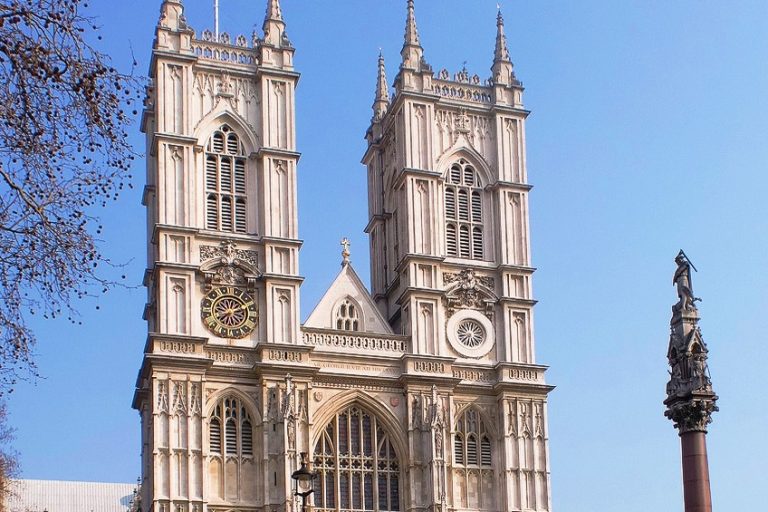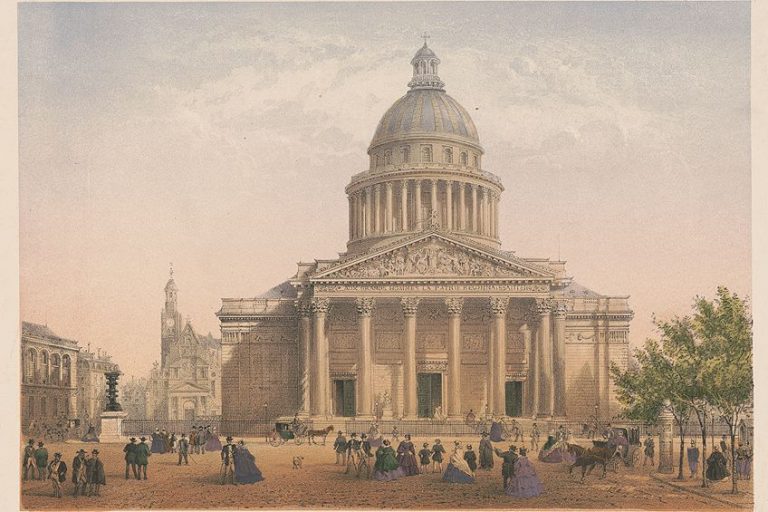Greek Revival Architecture – Evolution of Greek Revival Design
What is Greek Revival architecture? That is what we will discuss today over the course of this article, as well as examine the history of this form, some of the major characteristics of Greek Revival architecture, the way in which this particular style has spread throughout the world, a number of different architects in the Greek Revival architecture tradition, and some structures that form part of this architectural style. If you’re interested in Greek Revival architecture, then look no further, and let’s get started!
A Look at Greek Revival Architecture
Today, we are going to ask and answer the question: “What is Greek Revival architecture?”. This immensely important and influential example of a renewed appreciation and implementation of Classical architecture is a form of architecture that truly flourished during the 18th and 19th centuries.
It was mostly found throughout Europe and the United States, but it would go on to influence many other architects throughout the world.
This particular style of architecture is an attempt to emulate the architectural traditions of ancient Greece, and as that particular culture is considered to be one of the most important in the history of the Western world, it makes sense that it would become desirable. In this article, we will examine a number of different aspects of Greek Revival architecture and hopefully come to our own appreciation of this ancient but reclaimed form of architecture.
Key Characteristics of Greek Revival Architecture
In many ways, the characteristics of Greek Revival architecture are also the characteristics of Classical architecture. However, in newer forms of this ancient style, there tends to be an attempt to implement newer methods and techniques while retaining many of the classical elements that have become such important aspects of structures that are, in any way, inspired by Greek and Roman sources. So, let’s examine some of those characteristics of Greek Revival architecture.

Doric, Ionic, and Corinthian Orders: The Pillars of Greek Design
One of the most common and important elements is the use of columns. In the traditional sense, there are three primary forms of Classical columns, and each of these has been used extensively in Greek Revival architecture. The Doric column, and its more unadorned nature, the Ionic, and its sleeker nature, and the Corinthian, and its use of a more sophisticated capital, have become some of the most common types of columns that can be found in structures that make use of Greek Revival architecture.
There are other orders of columns, but these are the three most prominent varieties that have had the largest influence and reach.
Pediments and Friezes: Ornamental Sculptures with Mythological Stories
Another of the important characteristics of Greek Revival architecture is the use of pediments and friezes. Pediments are elements that can be found atop columns and porticos, and they are triangular-shaped structures that are generally decorated with some kind of sculpted design. The most common of these kinds of designs make use of more mythological elements.

Friezes, on the other hand, are horizontal structures that run along the upper portion of a building’s façade. These band structures, much like pediments, these elements of Greek Revival architecture are also often decorated with a number of sculpted figures and scenes (also often from mythological stories).
Symmetry and Proportions: Pursuit of Harmony and Balance
One of the most important characteristics of Greek Revival architecture is the use of symmetrical design. Structures that emulate Classical architecture generally emulate the way in which these structures incorporate a more balanced façade in which the structure is symmetrical along its y-axis.
In addition, the proportions of the different elements are often mathematically determined, such as columns and friezes having similar sizes to create a sense of unification in design.
Use of Columns and Porticos: Creating Striking Facades
The use of different types of columns has already been mentioned, but these are generally used alongside porticos, which are architectural elements that provide a shelter. They are often projected out of a building’s façade and allow them to provide additional depth to the design of a structure.
The Emphasis on White Marble: Aesthetic and Symbolic Implications
The most iconic material used in more traditional Classical architecture is white marble. The use of the stark white of this illustrious material is used throughout Classical architecture in structures, statues, and so on. However, it has since become an aesthetically desirable architectural element. It has become symbolic of purity and simplicity in design, and as such, it can be found in many structures that make use of Greek Revival architecture.

Greek Revival Architecture Across the Globe
Greek Revival architecture is one of the most prominent forms of architecture on the planet. The earliest instances of this form originated in ancient Greece, but it would have a profound influence on Roman architects. The Romans constructed some of the most stunning instances of Classical architecture that have ever been designed, and this would go on to influence multiple subsequent architectural eras.
Some of the most common of these influences were in the Neoclassical movement, which was an architectural movement that spread throughout Europe and the United States in the 18th and 19th centuries.
However, this form of Greek Revival architecture would go on to have a profound influence on architecture into the modern day. While Neoclassicism, in its original form, no longer exists, its influence on larger, especially state buildings, continued well into the 20th and even the 21st century. The elegance, simplistic design, and symmetrical elements are extremely desirable for those who want to produce a certain kind of style in the structures that have been designed.
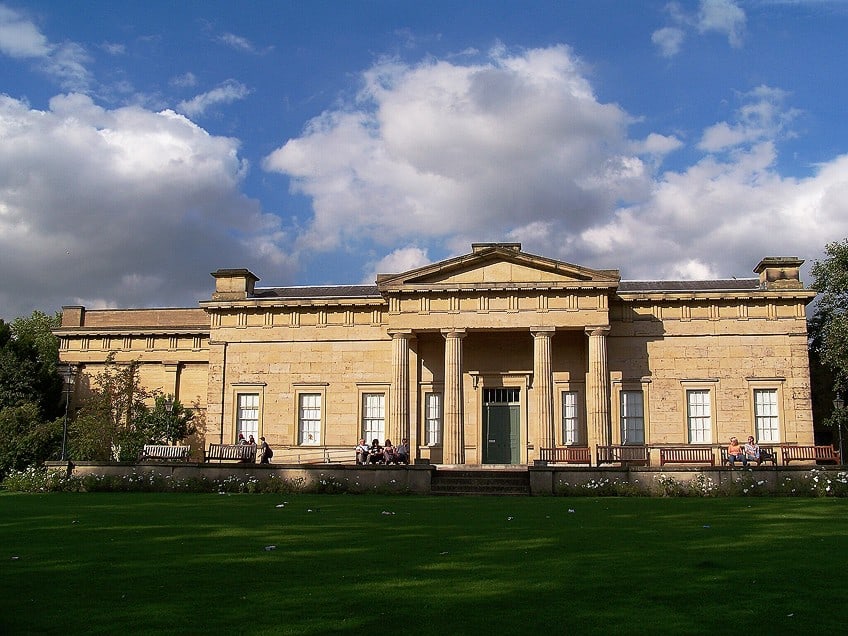
In addition, as Greek Revival architecture inherently evokes the Classical styles of ancient Greece and Rome, they can be seen as fundamentally desirable cultures to emulate in some way or another. And this is why examples of Greek Revival architecture can be found throughout the globe.
Iconic Examples of Greek Revival Structures Worldwide
There are many important pieces of Greek Revival architecture, but we will only discuss two of them today. These two structures are considered to be two of the most notable examples of this particular style, and they have gone on to be immensely influential for the later development and implementation of Greek Revival architecture.
The United States Capitol (1793 – 1800) in Washington, D.C.
| Architect | William Thornton (1759 – 1828) |
| Date Constructed | 1793 – 1800 |
| Function | Legislative building |
| Materials Used | Stone, marble, and iron |
| Location | Washington, D.C., United States |

The United States Capitol building on Capitol Hill is one of the most iconic structures in the country and one of the most important instances of Greek Revival architecture to have ever been designed. It was constructed as a meeting place for the country’s Congress, and it has been used for this role ever since it was constructed. The structure’s Neoclassical style has gone on to have considerable influence on the design of state buildings around the world, and particularly in the United States.
Its use of tall columns, symmetrical design, and domes has become a staple of the Greek Revival architecture style.
The Parthenon (1897 – 1931) in Nashville
| Architect | William Crawford Smith (1837 – 1899) |
| Date Constructed | 1897 – 1931 |
| Function | Replica |
| Materials Used | Plaster, wood, brick, and concrete |
| Location | Nashville, Tennessee, United States |
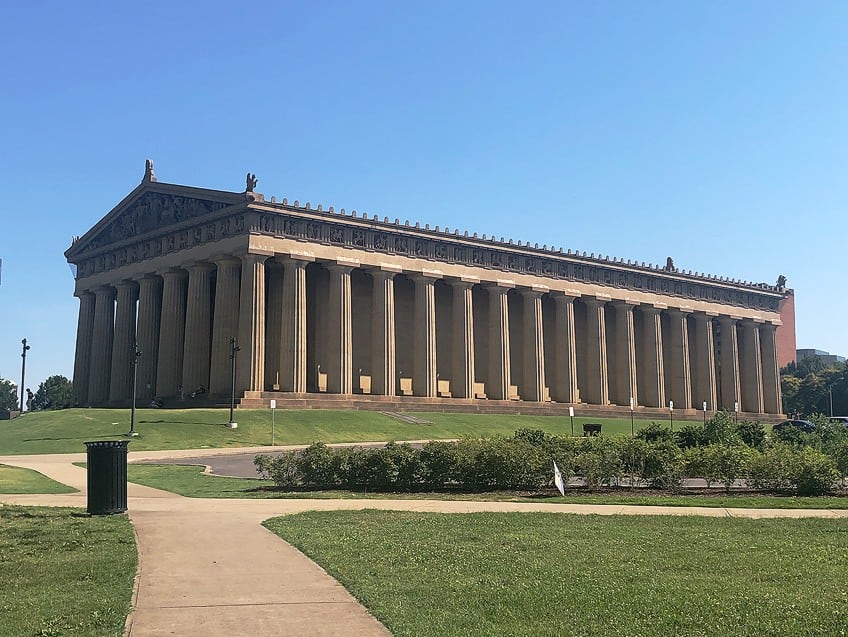
The actual Parthenon is likely the most famous of all ancient Greek structures to have ever been designed, and it sits atop the Athens Acropolis. However, the massive temple has served as an inspiration to a great many other architects over the years, and it even led to a desire to recreate the Parthenon in full. This is where the Nashville full-scale replica of this famous temple comes into play. It is a complete recreation of the original site, and it is constructed from reinforced concrete, stone, and brick.
It may not make use of the same materials in its construction, but it has become one of the most notable examples of a direct copy of an example of Classical architecture.
Greek Revival in Modern Times
Greek Revival architecture has persisted into the modern day for a number of significant reasons. Some of the most prominent of these reasons are because there is often a desire to produce a callback to immensely famous and influential cultures, and this can be seen in places around the world. The origins of many countries remain an influence in the present day, such as Japanese architects making use of traditional Japanese elements in contemporary structures or the same being true of Islamic designs.
Architecture, in the contemporary era, is typically geared towards a more uniform presentation.
There is relatively little variation between a number of major structures in the present day, such as skyscrapers often all looking remarkably similar to one another, and so the use of Classical elements, such as those found in Greek Revival architecture, can help to differentiate many modern structures from one another.
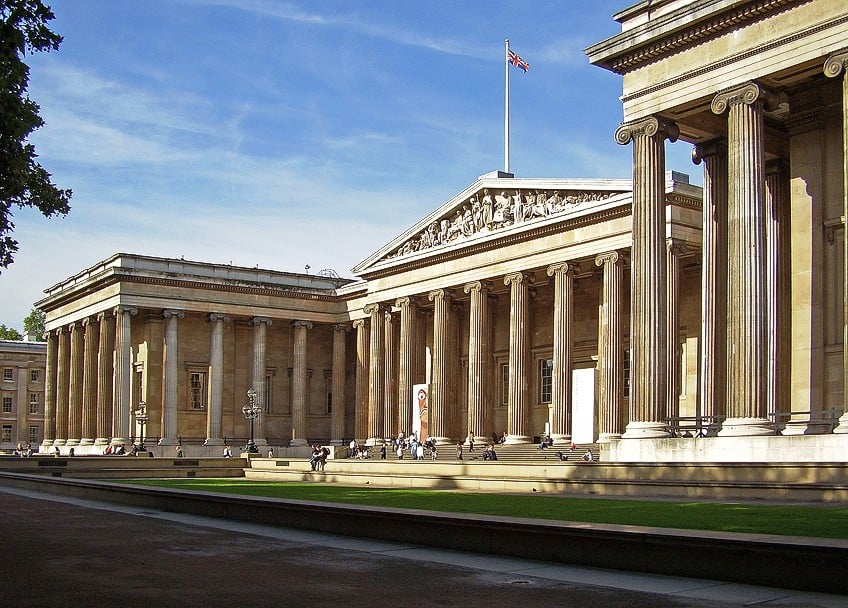
This is why many modern techniques and ideas are often incorporated into the design of contemporary structures that make use of Greek Revival architecture elements in some or another way. This is also why many contemporary architects have still retained an appreciation for Classical architecture and have persisted in its use, in some form or another, into the present day.
The Timeless Appeal of Greek Revival Architecture
One of the major aspects of Greek Revival architecture in general is the way in which it has remained a rather timeless form of architecture. Classical architecture, and the various styles that have been inspired by it, have remained in the world for many centuries, and a variety of major architectural styles took at least some level of inspiration from Classical sources.
For instance, Renaissance architecture took many of its elements from Classical sources.
There are many reasons for this, and one of the principal reasons may be the way in which Greek Revival architecture has come to represent democratic systems. While many cultures around the world have made use of Greek Revival architectural designs inspired by Classical sources, some of the most prominent of those forms can be found in democratic countries, such as the United States and the United Kingdom.

Ancient Greece was the location from which democracy initially arose, and so it does make sense that those who wish to evoke a democratic spirit may wish to make use of the kinds of ideas that may be evoked through the use of Classically inspired designs. Although, while this is a major factor in why many state buildings have adopted more Greek Revival styles, it is also true that more autocratic and fascist governments have used Classical imagery too, especially Roman imagery. So, it’s something of a mixed bag there.
However, this does show the way in which Classical architecture is often seen as somewhat universal as it is often adopted by both democratic and anti-democratic forces.
Furthermore, the simple influence of ancient Greek art, culture, philosophy, and so on has been immense around the globe. This ancient culture is considered to be one of the most important with regard to the development of the Western world, and so the adoption of elements that, in some or another way, align with ancient Greek elements will always be sought after by countries that wish to draw some kind of a link with this ancient culture. The use of architecture inspired by ancient Greek sources is an extension of this desire.

Lastly, Greek Revival architecture continues to have an influence to this very day. While many of the most famous state buildings have been around for decades or even centuries at this point, many governmental buildings and Greek-style houses that are currently being constructed make use of this particular revival style.
It has a lengthy history, it represents a certain level of prestige, and it simply looks good, and so Greek Revival architecture has managed to stick around far longer than many other types of architecture.
Famous Architects and Their Contributions to Greek Revival
There are a number of important figures throughout the history of the various Greek Revival architecture styles that have developed over the centuries. However, we are only going to examine three of those architects and their incredible contributions to Greek Revival architecture in general.
Andrea Palladio: The Father of Neoclassicism
| Architectural Style | Palladianism |
| Years | 1508 – 1580 |
| Place of Birth | Padua, Italy |
| Known For | The Four Books of Architecture (1570) |
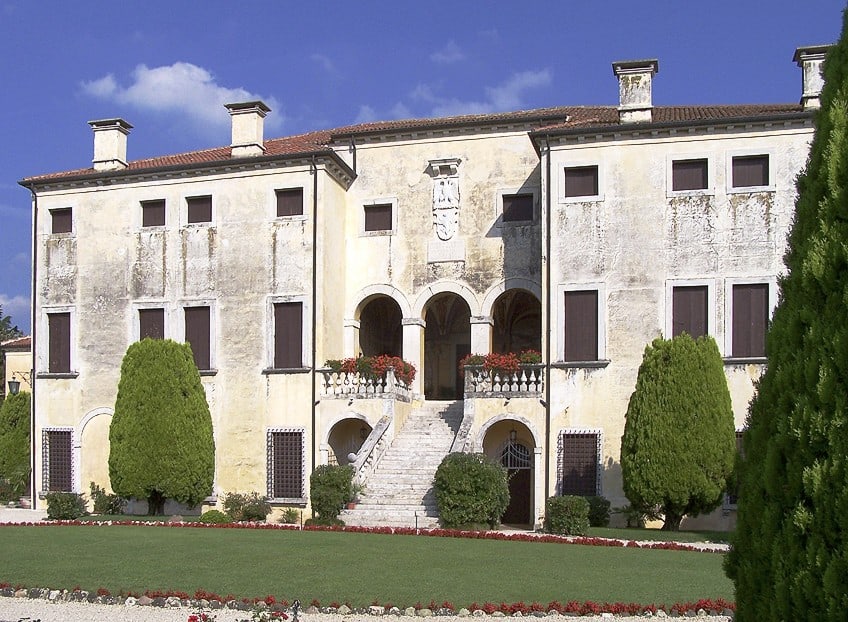
Andrea Palladio is an architect whose influence cannot be understated. He is recognized as one of the most important architects of the Renaissance period, and his work would become so prominent that it came to be known as Palladianism (and a later offshoot known as Neo-Palladianism would also persist far into the future). His work was fundamentally influenced by Classical sources, and especially the work of the Roman architect Vitruvius.
In 1570, he published The Four Books of Architecture, which would become one of the most important texts in the development of Greek Revival architecture.
That text discussed many of his teachings and ideas that he had gained through his experience designing a number of Greek-style houses, villas, palaces, and churches. The structures that he designed that are still standing have become classified as UNESCO World Heritage Sites because of the immense influence that they would have on subsequent architects who wished to make use of the kind of architectural designs that are most commonly associated with attempts at recreating aspects of Classical architecture.
Thomas Jefferson: The Architectural Visionary
| Architectural Style | Palladianism and Neoclassicism |
| Years | 1743 – 1826 |
| Place of Birth | Shadwell, Virginia, United States |
| Known For | Monticello, Virginia, United States (1772 – 1826) |
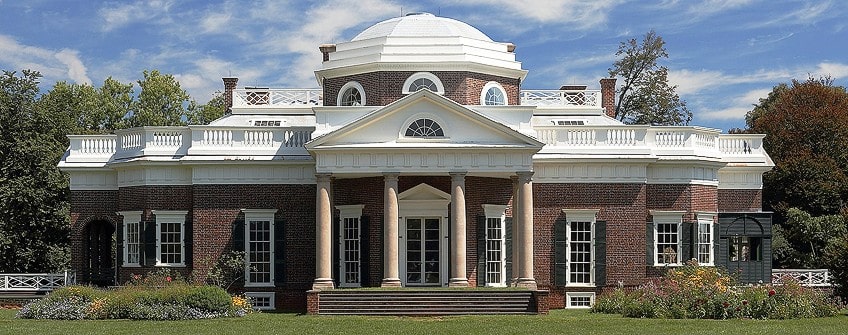
Thomas Jefferson may have had an interest in architecture and devoted large chunks of his life to a number of architectural pursuits, but that is hardly the primary area for which he is known. He was one of the first Presidents of the United States and one of the Founding Fathers of the country who had an integral role in the development of documents such as the Declaration of Independence.
However, despite this being the primary aspect of his life that is known to this day, he is also known for being a notable Neo-Palladian architect.
He was one of the major popularizers of this particular form in the country, and he implemented it in his own home of Monticello as well as locations such as the Virginia State Capital and the University of Virginia buildings. He was not actually officially trained in architecture and instead attained his proficiency through self-study, and the main architectural voice from whom he drew inspiration was the already-mentioned Andrea Palladio.
Benjamin Latrobe: Shaping American Neoclassical Architecture
| Architectural Style | Neoclassicism |
| Years | 1764 – 1820 |
| Place of Birth | Yorkshire, United Kingdom |
| Known For | United States Capitol, Washington, D.C., United States (1793 – 1800) |

Benjamin Latrobe, who had been born in England but emigrated to the United States, would go on to become one of the most influential architects in the early years of the United States as a country. He was also one of the first formally trained architects in the country, and he took extensive inspiration for his Neoclassical work from the British and French architects whose work shaped him, as well as his travels throughout Italy.
He would attain much of his fame after designing the United States Capitol building which is still in use to this day.
As an architect in the Neoclassical tradition, his work was fundamentally an aspect of Greek Revival architecture. His work would influence the way in which the United States looked at and later adopted this particular style in many of its state buildings, and he had a direct hand in the creation of some of those state structures. In addition, his influence would lead to a greater proliferation of Greek-style houses.
And so, we have come to the end of our examination of Greek Revival architecture. We have discussed some of the aspects of the history of this form, the way in which it has moved throughout the globe, some of the characteristics of Greek Revival architecture, a few of the architects best known for the form, and a number of structures that made use of this famous architectural style. However, there is always more that could be learned, but, hopefully, you learned a few new things today.
Frequently Asked Questions
What Is Greek Revival Architecture?
Greek Revival architecture is any architectural style that is, in some way, inspired by ancient Greek sources. However, as Classical architecture incorporated both Greek and Roman elements, there tends to be a conflation of these two types of architectural styles and so that which is technically a form of Greek Revival architecture may also incorporate elements that were more typical of Roman sources.
What Defines Greek Revival Architecture?
Some of the primary ways in which Greek Revival architecture is defined is through its basic tendency to stick to certain principles. These include a desire for elegance, symmetrical design, proportionality, and simplicity. Structures that make use of Greek Revival architecture do not usually make use of more sophisticated or decorative elements, and instead simply attempt to emulate ancient sources.
How Does Greek Revival Differ from Other Architectural Styles?
As there are so many different architectural styles, there are many ways in which Greek Revival architecture differs from every other architectural style. However, in the Western tradition, there is often a dedication to certain Classical elements in many styles. For instance, Renaissance architecture was heavily inspired by ancient Greek and Roman sources. This form, and its simple design, are often in stark contrast to architectural styles like Baroque or Rococo architecture, which make use of extensive decorative elements and a fundamental lack of simplicity.
What Are the Key Features of a Greek Revival Home?
Greek-style houses are those that make use of a number of characteristics of Greek Revival architecture. This means that they will generally make use of symmetrical designs, columns, porticos, friezes, and so on. Essentially, houses that make use of Greek Revival architecture are similar to larger structures that make use of this architectural style, but simply on a far smaller and more manageable scale.
What Is the Most Famous Example of Greek Revival Architecture?
There are many different and stunning examples of buildings that make use of Greek Revival architecture, but some of the most famous are likely the United States Capitol building in Washington, D.C., and the full-scale replica of the Pantheon in Nashville. In addition, one of the most gorgeous examples of Neoclassical architecture, which can be classed as a form of Greek Revival architecture in general, is the White House.
Justin van Huyssteen is a freelance writer, novelist, and academic originally from Cape Town, South Africa. At present, he has a bachelor’s degree in English and literary theory and an honor’s degree in literary theory. He is currently working towards his master’s degree in literary theory with a focus on animal studies, critical theory, and semiotics within literature. As a novelist and freelancer, he often writes under the pen name L.C. Lupus.
Justin’s preferred literary movements include modern and postmodern literature with literary fiction and genre fiction like sci-fi, post-apocalyptic, and horror being of particular interest. His academia extends to his interest in prose and narratology. He enjoys analyzing a variety of mediums through a literary lens, such as graphic novels, film, and video games.
Justin is working for artincontext.org as an author and content writer since 2022. He is responsible for all blog posts about architecture, literature and poetry.
Learn more about Justin van Huyssteen and the Art in Context Team.
Cite this Article
Justin, van Huyssteen, “Greek Revival Architecture – Evolution of Greek Revival Design.” Art in Context. August 18, 2023. URL: https://artincontext.org/greek-revival-architecture/
van Huyssteen, J. (2023, 18 August). Greek Revival Architecture – Evolution of Greek Revival Design. Art in Context. https://artincontext.org/greek-revival-architecture/
van Huyssteen, Justin. “Greek Revival Architecture – Evolution of Greek Revival Design.” Art in Context, August 18, 2023. https://artincontext.org/greek-revival-architecture/.






